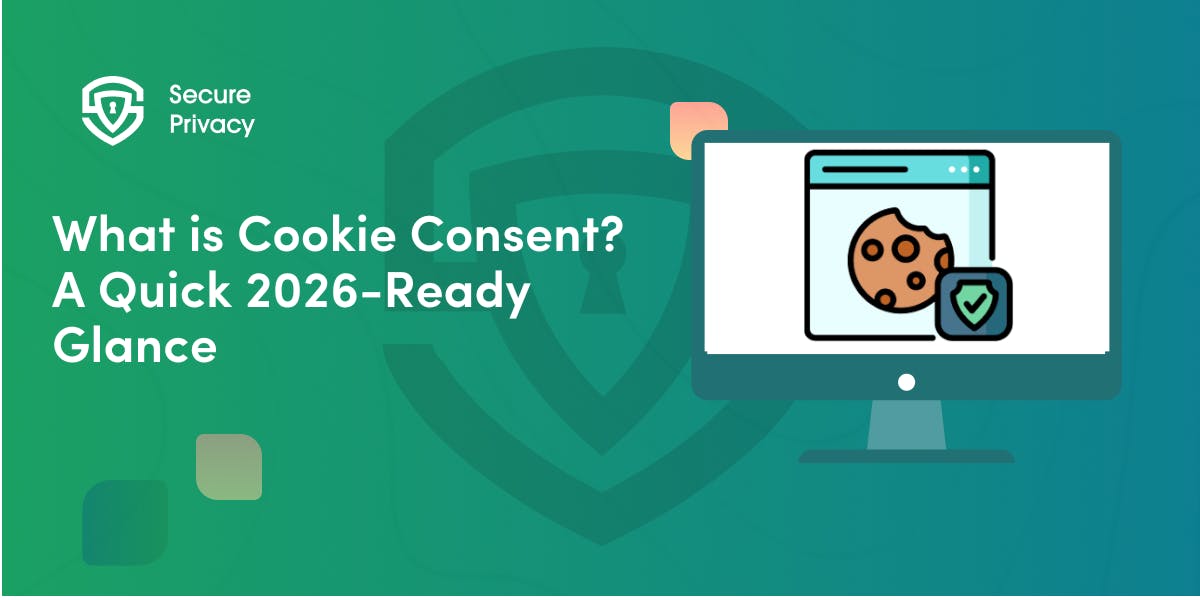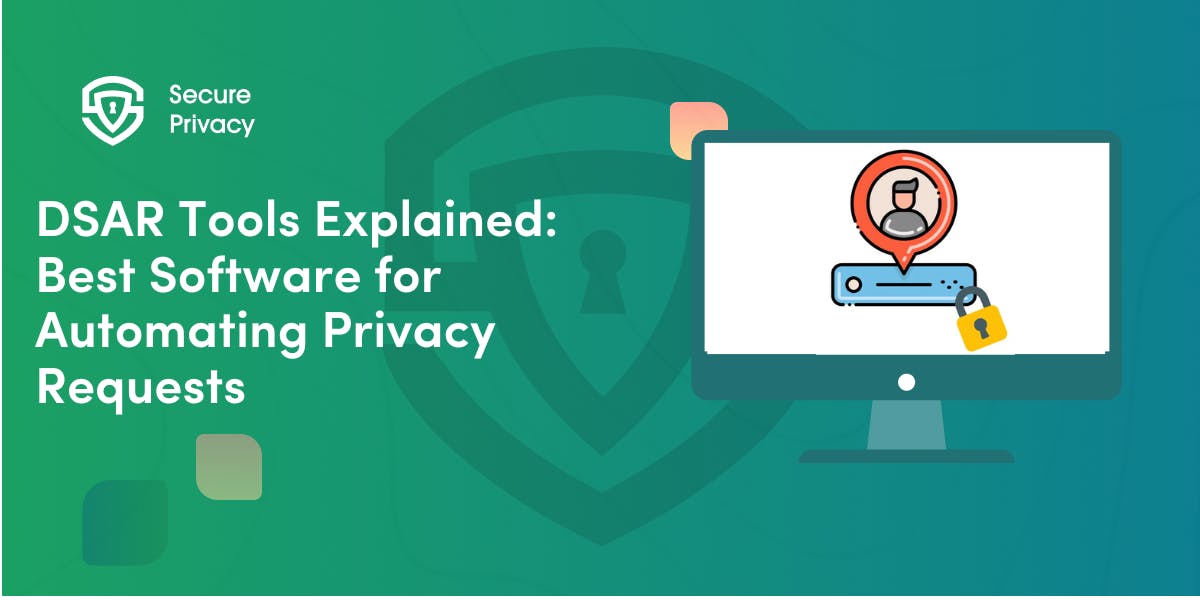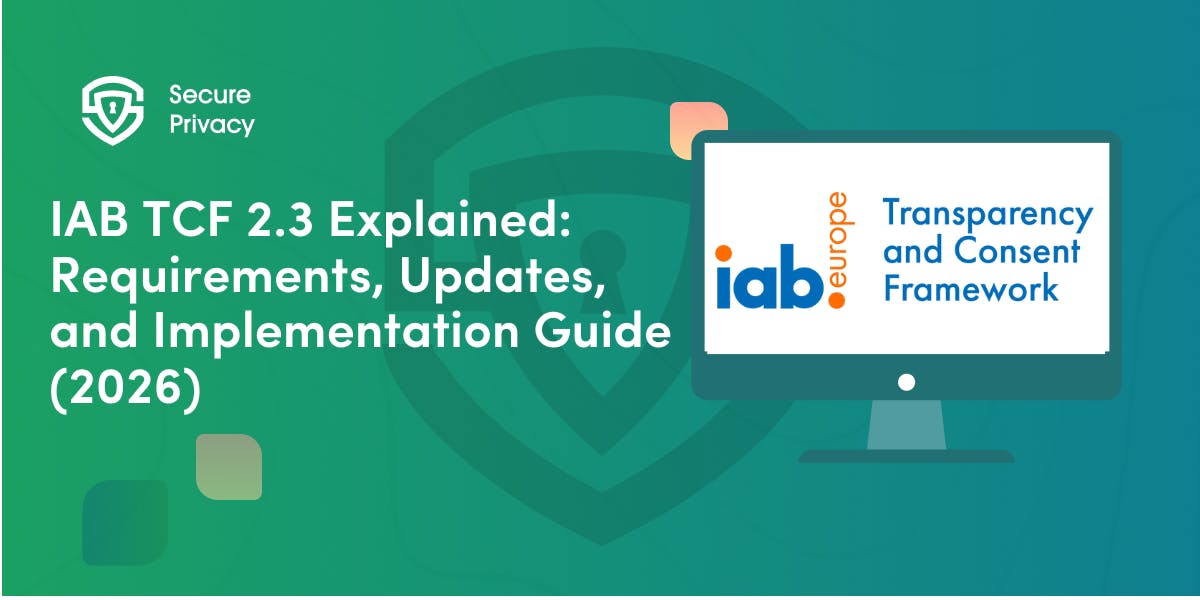Maximize Conversions: The Ultimate Guide to Cookie Banners on Shopify
In this article, we will discuss why your Shopify website needs a cookie banner, the requirements for cookie consent banners under GDPR, and how to get a cookie consent banner for your Shopify store.
As an eCommerce business owner, you must comply with various privacy laws, including GDPR and CCPA/CPRA, which require you to inform visitors about using cookies on your website. Shopify store owners must also comply with these regulations and provide their customers with clear information about cookie usage on their websites.
The most common and effective way to do this is by adding a cookie consent banner to your Shopify website.
In this article, we will discuss why your Shopify website needs a cookie banner, the requirements for cookie consent banners under GDPR, and how to get a cookie consent banner for your Shopify store.
Does my Shopify Website Need a Cookie Banner?
If your website uses cookies, then you need to add a cookie notification to your website. The cookie consent banner is the most common tool to do so.
Cookies are small javascript text files that websites store on users’ devices to track user behavior, preferences, and actions. It means they allow for the collection of personal data, which further triggers data protection laws.
Shopify websites use cookies to remember user preferences, track analytics, provide a personalized shopping experience, and so on. These cookies help collect personal data, such as IP addresses and browsing behavior, which can be used to identify users.
Here are a few examples of how your Shopify store may process personal data through the use of cookies:
- Website analytics through Google Analytics. GA uses cookies to identify the user and to let you know how users use your website. It processes IP addresses and device fingerprints to identify users and track their way around your online store.
- Social media pixels. These small codes allow social media platforms to identify users as they browse the internet. They collect data about their browsing and create user profiles that are later used for showing relevant ads to specific customers.
- Shopping cart cookies. They help customers have items stored in their shopping cart while they are back browsing around your online store. Once they finish looking around, they can return to check out, and the previously added items will await them.
That’s what triggers the data protection laws. The cookies help in data collection and processing. Therefore, their use is under a special legal regime.
Before explaining how to comply with the laws, we’ll first delve deeper into the legal requirements of the GDPR and CCPA, two privacy laws affecting most websites worldwide.
What are the GDPR Cookie Consent Banner Requirements?
The General Data Protection Regulation (GDPR) of the European Union requires websites to inform users about cookie usage and obtain user consent before storing or accessing their data. GDPR compliance wouldn’t be possible without a cookie consent banner that includes the following information:
- A clear and concise message about the use of cookies written in plain language
- A link to the website’s privacy policy and cookie policy
- A way for users to give or withhold consent, usual buttons for accepting and declining cookies
- The ability for users to customize their cookie preferences
However, not all consents are equal. You must request and obtain consent in a certain way to ensure it is valid and makes your data processing lawful.
- Freely given. You must not bundle the consent with accepting the Terms and Conditions. Moreover, you must not use cookie walls where you’ll place your consent bar all over the website and not allow access to users who do not accept cookies.
- Specific. You need specific consent for each processing purpose. It means you need one consent for website analytics, another one for advertising, and so on.
- Informed. This means that users must be presented with clear and understandable information about using cookies on the website, the purposes for which they are used, and any third parties who may receive the data collected through cookies.
- Unambiguous. The user must also obtain the cookie consent through affirmative action, such as clicking an “accept” button or checking a box. Pre-ticked boxes or implied consent through the continued use of the website are not acceptable under the GDPR.
Website owners must also allow users to withdraw their consent at any time, and the process must be as easy as giving consent. Consent should be easy to be withdrawn.
What Are the CCPA Cookie Banner Requirements?
The California Consumer Privacy Act (CCPA) is a privacy law that was enacted in California in 2018 to improve customer privacy. The CCPA requires businesses to inform their users about the types of personal data collected, the purposes for which the data is used, and any third parties with whom it is shared.
However, it does not require them to request consent to use cookies. Processing personal information is free under the CCPA and CPRA until someone opts out in cases where the law allows that.
Businesses must provide clear and conspicuous notice to website visitors about using cookies and other tracking technologies. Again, the most common way is by a popup privacy banner.
CCPA banners should be designed to be easily visible and understandable for users. The notice must include information about the types of cookies used, the purposes for which they are used, and the identity of any third parties who may receive the data collected through cookies. For a better UX, you can provide this information by a link to your privacy policy, where you’ll delve into more detail.
To comply with the CCPA, ensure your privacy policy is regularly updated to reflect changes in your cookie usage or data practices. If you process data for purposes other than those listed in your privacy policy, the processing will be unlawful and violate the law.
CCPA privacy banner requirements are not as strict as those of the EU cookies banner. Nevertheless, having a cookie bar to explain to your users how you handle their personal information is a good practice.
How to Get a Cookie Consent Banner for Your Shopify Store?
You can add a cookie consent banner to your Shopify store using several methods, including adding a custom code, using Shopify plugins or apps, or installing a cookie consent management platform. Here are some steps to follow:
- Add custom code to your website. If you have coding skills, you can customize your cookie banner. You must ensure that it meets the strict requirements of the GDPR, ePrivacy Directive, and other data protection laws globally. If you have the resources, this is a viable option.
- Install a Consent Management Platform (CMP). A consent management platform (CMP) is a third-party tool that manages cookie consent for your website. A CMP provides an easy way to create and manage cookie banners, obtain user consent, and track cookie preferences.
- There are multiple CMPs to choose from. However, not all the Shopify cookie consent tools available in the Shopify app store will make your website CCPA and GDPR-compliant. That’s why it is better to stick to CMPs.
- Secure Privacy is a CMP. It is an excellent choice for meeting Shopify cookie compliance needs because it has the legal requirements embedded in the cookie management solution. A team of developers and lawyers ensures that it works properly at all times and that it remains up-to-date with recent legal developments. Moreover, it has templates for over 60 cookie laws worldwide and straightforward pricing.
Final Thoughts
Adding a cookie consent banner to your Shopify store is essential to comply with privacy regulations and protect your customers’ privacy. It is a must, no matter where you operate and where your users are from.
You can use various methods, such as Shopify plugins, custom code, or CMPs, to create a cookie banner that meets your website’s needs. However, not all were made equal. Those with free plans rarely ensure compliance at zero cost.
That’s why CMPs are the best possible option for e-commerce stores. They are easy to manage through the admin panel, offer customer support, ensure compliance with evolving laws, ensure bugs are not interfering, do not hurt SEO, and so on. Your Shopify store can be GDPR-compliant compliant and user-friendly. It requires installing only a small piece of code.

What is Cookie Consent? A Quick 2026-Ready Glance
Your website loads. Cookies track users. But without proper cookie consent, you're violating GDPR — risking fines up to €20 million or 4% of global revenue. Cookie consent is the legally required mechanism by which websites obtain explicit user approval before deploying non-essential tracking technologies. This requirement stems from GDPR Article 4(11) and the ePrivacy Directive, mandating that consent must be freely given, specific, informed, and unambiguous.
- Legal & News

DSAR Tools Explained: Best Software for Automating Privacy Requests
You're drowning in data subject access requests. Manual searches through dozens of systems miss regulatory deadlines and expose organizations to fines starting at $2,500 per violation. The solution? DSAR tools — purpose-built software that automates the entire process of responding to data subject access requests, from intake to delivery.
- Legal & News

IAB TCF 2.3 Explained: Requirements, Updates, and Implementation Guide (2026)
Your ad revenue dropped 40% overnight. Google stopped bidding on your inventory. Your DSP partners flagged your traffic as non-compliant. The culprit? An outdated TCF 2.2 consent string after the February 2026 enforcement deadline.
- Legal & News
- Cookie Consent
